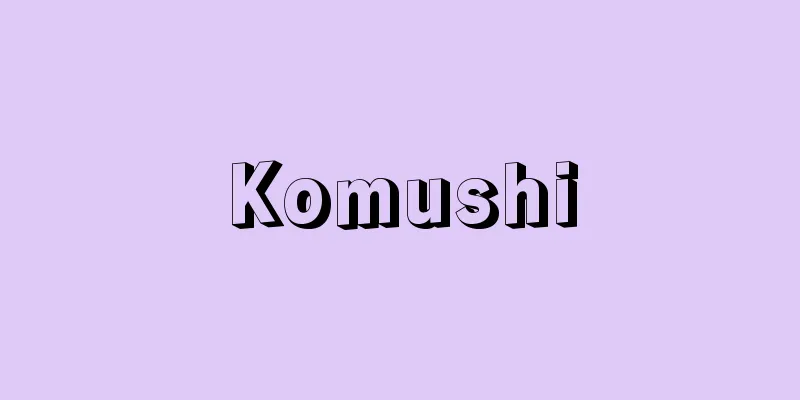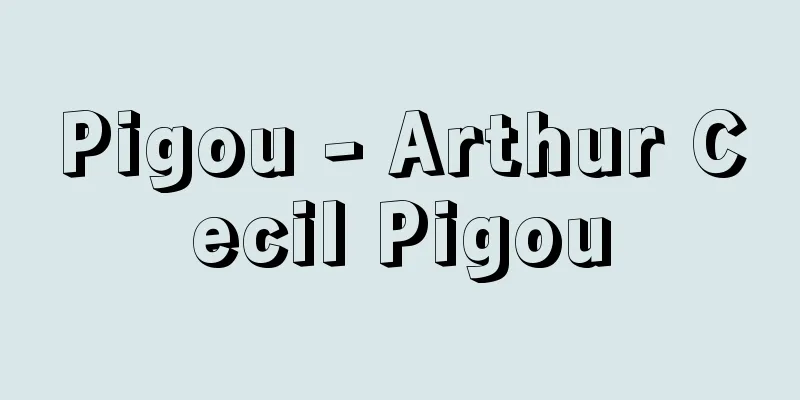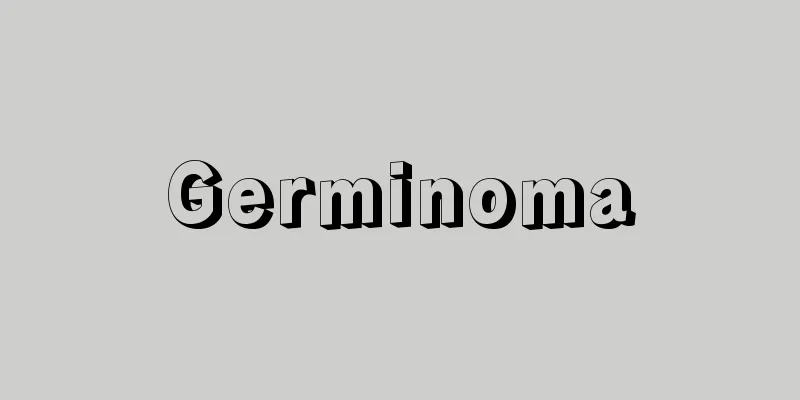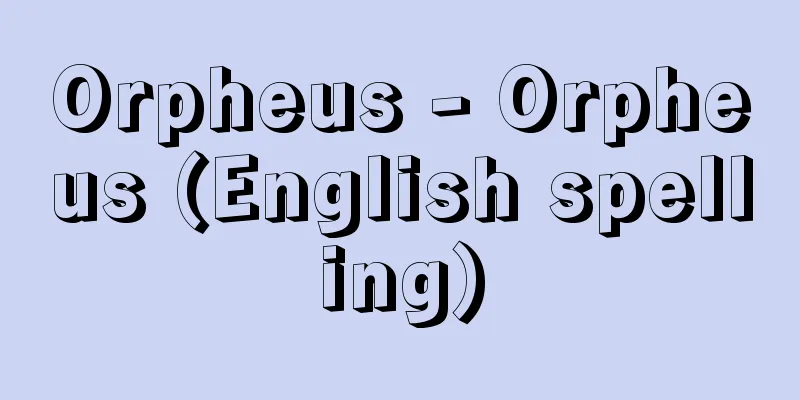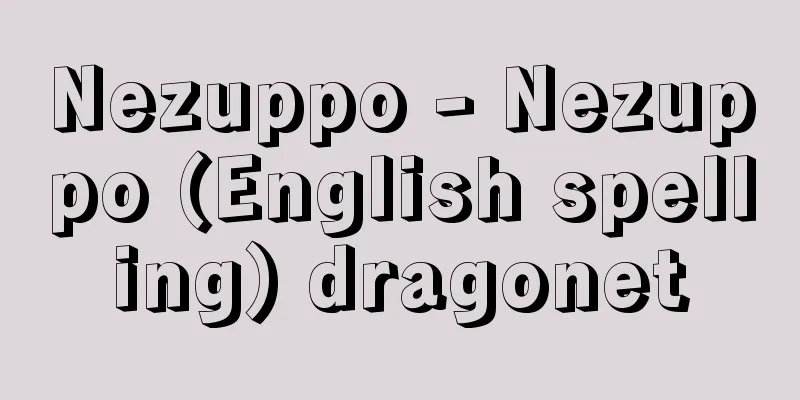Nuclear strategy

|
A military and political guide for war using nuclear weapons. [Hattori Manabu] America's Nuclear StrategyAt the end of World War II, the United States was the only country possessing atomic bombs, and adopted an atomic diplomacy policy to contain the Soviet Union. In a sense, the atomic bomb was a tool for a nuclear threat strategy. When the Soviet Union also completed its atomic bomb in 1949, the United States began developing tactical nuclear weapons and hydrogen bombs, and in January 1954, Secretary of State Dulles proposed a strategy of massive retaliation (also known as the New Look strategy) that would allow the United States to strike back immediately in the way and place of its choosing. When the Soviet Union successfully launched an ICBM (intercontinental ballistic missile) in 1957, President Eisenhower revised this to a neo-New Look strategy, which aimed to maintain superiority over the Soviet Union by strengthening its strategic nuclear forces. Meanwhile, from around this time, tactical nuclear weapons were deployed at overseas bases, and a limited nuclear war strategy was adopted that limited the area. In the 1960s, President Kennedy adopted a flexible response strategy that strengthened both nuclear and conventional forces. As the Soviet Union's nuclear forces grew in the late 1960s, Secretary of Defense McNamara proposed a deterrent strategy based on mutually assured destruction. In the 1970s, the United States far surpassed the Soviet Union in missiles equipped with MIRVs (multiple nuclear warhead guided missiles), making a counterforce strategy of preemptive nuclear attack possible. Secretary of Defense Brown's offsetting strategy at the end of the 1970s was a counterforce strategy. Presidential Directive No. 59, signed by President Carter in August 1980, made it clear that the targets of attack by the United States' strategic nuclear forces would include military targets as well as cities and industrial facilities. President Clinton, in November 1997, made clear in Presidential Directive No. 60 that the targets of nuclear attacks would be set primarily at third world countries, rather than Russia as in the past, and that preemptive attacks would be carried out if necessary, and that new, easy-to-use nuclear weapons would be developed for this purpose. Currently, a wide variety of nuclear weapons systems exist, and therefore a wide variety of nuclear strategies have been considered for using these, ranging from limited nuclear war to what is called a protracted, large-scale nuclear war. [Hattori Manabu] Soviet and Russian nuclear strategiesThe Soviet Union acquired an atomic bomb in 1949, but it lacked sufficient means of delivery, and Stalin's military strategy, which adhered to classical military thought, was not compatible with atomic weapons. There was no nuclear strategy during the Stalin era. With the hydrogen bomb and long-range bomber in hand, Malenkov adopted a policy of considering nuclear weapons as a deterrent force. However, the United States had a quantitative advantage, and this was based on a kind of theory of minimum deterrence. Khrushchev, perhaps due to his overconfidence in the advancement of rocket technology and the development of a large hydrogen bomb, embarked on nuclear arms expansion in an attempt to gain military superiority over the United States, but during this time the United States was putting all its efforts into making its missiles MIRV-compatible. It was five years before the Soviet Union finally realized the significance of MIRV technology and began to follow suit. In terms of the pace of the development of nuclear weapons-related technology between the United States and the Soviet Union, the United States was two to five years ahead of the Soviet Union in most technologies, and the Soviet nuclear strategy was swayed by the advancement of American technology and was always following behind. After the collapse of the Soviet Union, Russia still possesses a large number of nuclear weapons, but has not revealed any particular nuclear strategy other than nuclear deterrence. [Hattori Manabu] Nuclear Strategies of Other CountriesFrance adopts a deterrence strategy based on General Gallois's "Nuclear Armament Theory of Mid-level Countries." In other words, the idea is that even if they do not have large-scale nuclear forces like the United States and the Soviet Union did in the past, they can have a deterrent effect with small-scale nuclear forces based on an anti-urban strategy. In addition, France does not trust the nuclear umbrella of the United States' NATO (North Atlantic Treaty Organization), and advocates an all-direction strategy against all countries in the world, including the United States. Britain's nuclear policy is closely aligned with US and NATO strategy and the country does not have its own nuclear strategy. China has declared that it will not be the first to use nuclear weapons, but has not disclosed any nuclear strategy. It appears to be focused on having any kind of nuclear weapon. India and Pakistan have cited the Kashmir conflict as the reason for their nuclear tests, but do not yet appear to have a clear nuclear strategy. Israel, which is considered a de facto nuclear power, also appears to have a policy toward the Arab world, but has not disclosed the existence of nuclear weapons. [Hattori Manabu] "Critique of Nuclear Strategy" and "New Critique of Nuclear Strategy" by Toyoda Toshiyuki (Iwanami Shinsho)" ▽ "The Nuclear First Strike Syndrome" by R.C. Aldridge, translated by Hattori Manabu (Iwanami Shinsho)" ▽ "Modern Nuclear Strategy Theory" by Nakagawa Hachihiro (1985, Hara Shobo)" ▽ "Soviet Nuclear War Strategy" by Nakagawa Hachihiro (1984, Hara Shobo) [References] | |Source: Shogakukan Encyclopedia Nipponica About Encyclopedia Nipponica Information | Legend |
|
核兵器を使用する戦争のための軍事的および政治的基本方針。 [服部 学] アメリカの核戦略第二次世界大戦終了時に唯一の原爆保有国であったアメリカは、対ソ封じ込めの原爆外交政策をとった。いわば原子爆弾は核脅迫戦略の手段であった。1949年にソ連も原子爆弾を完成すると、アメリカは戦術核兵器と水素爆弾の開発に乗り出し、54年1月、ダレス国務長官は「自らの選ぶ方法と場所において即座に反撃できる」大量報復戦略(ニュールック戦略ともいう)を提唱した。57年ソ連がICBM(大陸間弾道ミサイル)の発射に成功すると、アイゼンハワー大統領はこれをネオ・ニュールック戦略に修正したが、その内容は、戦略核戦力を強化して対ソ優位を保とうとするものであった。一方このころから海外の基地に戦術核兵器を配備し、地域を限定した限定核戦争戦略が取り入れられた。60年代になって、ケネディ大統領は、核戦力と通常戦力のいずれをも強化する柔軟反応戦略を採用した。60年代後半にソ連の核戦力が増強されてくると、マクナマラ国防長官は相互確証破壊に基づく抑止戦略を掲げた。70年代にアメリカはミサイルのMIRV(マーブ)(多核弾頭誘導弾)化でソ連を大きく引き離し、先制核攻撃のカウンター・フォース(対軍事力)戦略が可能となってきた。70年代終わりのブラウン国防長官の相殺戦略の内容はカウンター・フォース戦略であった。80年8月カーター大統領の署名した大統領指令第59号は、アメリカの戦略核戦力の攻撃目標が都市や産業施設ばかりでなく軍事目標を含むことを明らかにしている。クリントン大統領は、97年11月、大統領指令第60号で、核攻撃の目標は従来のロシアなどから第三世界諸国中心に設定し、必要な場合には先制攻撃を行い、そのために使いやすい新型核兵器の開発を進めることを明らかにした。 現在は多種多様な核兵器体系が存在し、したがってこれらを使う核戦争にも、限定核戦争から長期大規模核戦争とよばれるものまで、多種多様の核戦略が考えられている。 [服部 学] ソ連、ロシアの核戦略ソ連は1949年に原子爆弾を手にしたが、十分な運搬手段がなく、また古典的軍事思想を固守したスターリンの軍事戦略は原子兵器とはなじまなかった。スターリン時代には核戦略とよべるものはなかった。マレンコフは水素爆弾と長距離爆撃機を手にしたことから、核兵器を抑止戦力とみなす政策を採用した。しかし量的にはアメリカのほうが優勢であり、これは一種の最小限抑止力論に基づくものであった。フルシチョフは、ロケット技術の進歩と大型水爆開発の自信過剰からか、アメリカに対する軍事的優位を得ようとして核軍拡に乗り出したが、この間アメリカはミサイルのMIRV化に全力を注いでいた。ソ連がようやくMIRV技術のもつ意味の重大さに気づき、その後を追い始めるには5年の遅れがあった。米ソの核兵器関連技術開発の足どりは、ほとんどの技術でアメリカが2年ないし5年先行し、ソ連の核戦略はアメリカの技術の進歩に振り回され、つねにその後を追うという状況が繰り返されてきた。ソ連解体後のロシアは、依然として大量の核兵器をもっているが、核戦略については核抑止以外とくに明らかにしていない。 [服部 学] その他の国の核戦略フランスはガロワ将軍の『中級国家の核武装論』に基づいた抑止戦略論を採用している。つまり、かつての米ソのような大規模な核戦力をもたなくとも、対都市戦略に基づく小規模の核戦力で抑止力となりうるという考え方である。またアメリカのNATO(ナトー)(北大西洋条約機構)に対する核の傘を信頼せず、アメリカも含めて全世界のあらゆる国に対する全方位戦略を主張している。 イギリスの核政策は、アメリカおよびNATOの戦略ときわめて密接な関係をもっており、独自の核戦略はもっていない。 中国は、最初に核兵器を使うことはないと宣言してきた。しかしどのような核戦略をもっているのかについては、なにも発表していない。とにかくあらゆる種類の核兵器をもつことに重点を置いているようにみえる。インドとパキスタンの核実験はカシミール紛争を理由にあげているが、明確な核戦略はまだないように思われる。事実上の核兵器国とされるイスラエルも対アラブ政策があると思われるが、核兵器の存在を明らかにしていない。 [服部 学] 『豊田利幸著『核戦略批判』『新・核戦略批判』(岩波新書)』▽『R・C・オルドリッジ著、服部学訳『核先制攻撃症候群』(岩波新書)』▽『中川八洋著『現代核戦略論』(1985・原書房)』▽『中川八洋著『ソ連核戦争戦略』(1984・原書房)』 [参照項目] | |出典 小学館 日本大百科全書(ニッポニカ)日本大百科全書(ニッポニカ)について 情報 | 凡例 |
Recommend
British Union of Fascists
…During the German occupation, Musselt was appoin...
Inkyo - Inkyo
Indian immigrants (overseas Indians) who live (se...
Asparagus falcatus (English spelling)
… [Munemin Yanagi]. … *Some of the terms mentione...
Exploitation
...It is also generally believed that when an ali...
Cyclopropane - cyclopropane (English spelling)
A cycloalkane. Also called trimethylene. A colorl...
Torres Strait
The strait between Cape York and New Guinea, at th...
German shepherd dog
…An all-purpose working dog (illustration) that o...
Half life
The time it takes for the intensity of radiation ...
Aha (plant) - Aha
...The fibers of the bark are very strong, and th...
Wallet - Purse
A container for money, also called a zeni-ire in ...
National Diet Library
This library was established in 1948 (Showa 23) w...
Oboro Konbu - Oboro Konbu
→Tororo kelp Source : Heibonsha Encyclopedia About...
Haga Yaichi
Scholar of Japanese literature. Born in Fukui, Ec...
Primary electron
… [Secondary electron emission] The phenomenon in...
Spiritualism - Yuishinron (English spelling) spiritualism
A theory that preaches the independent existence a...



